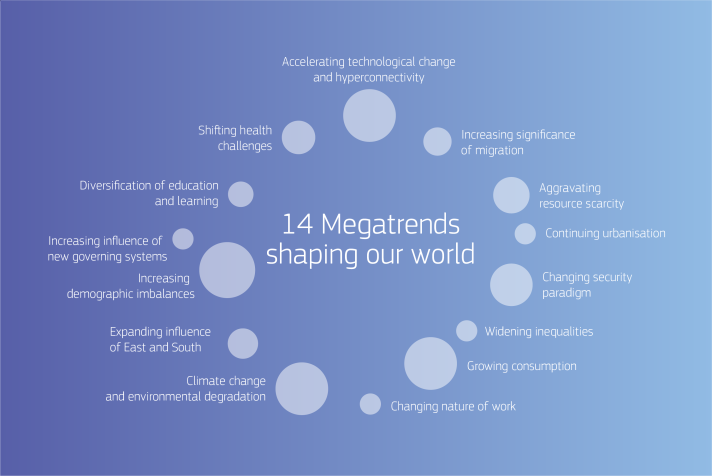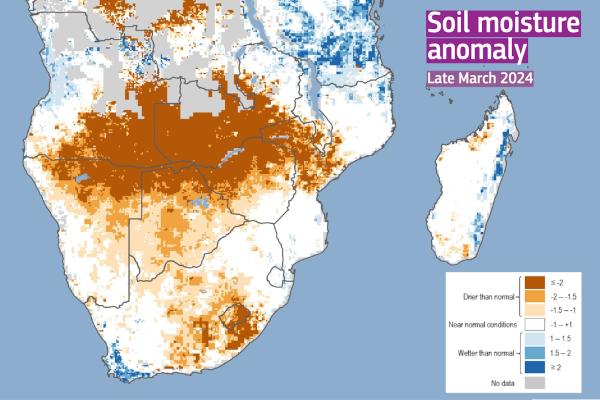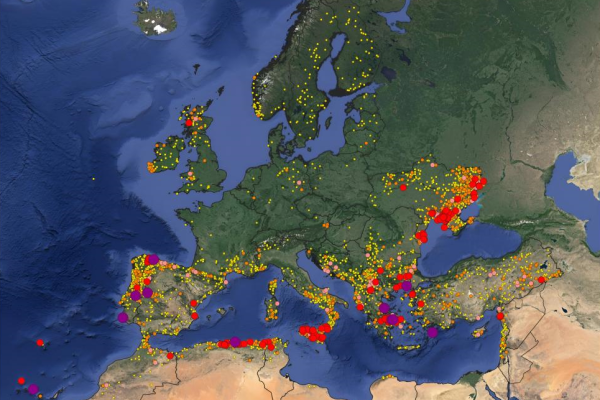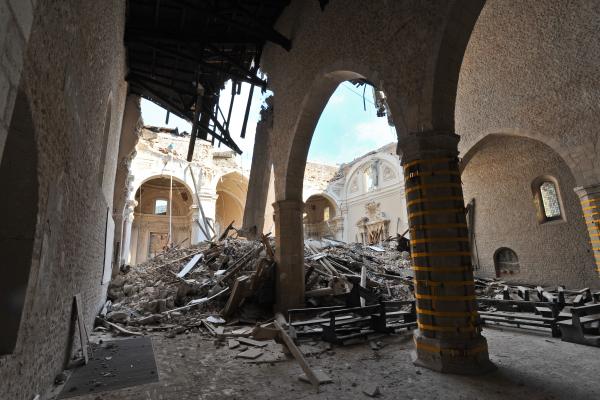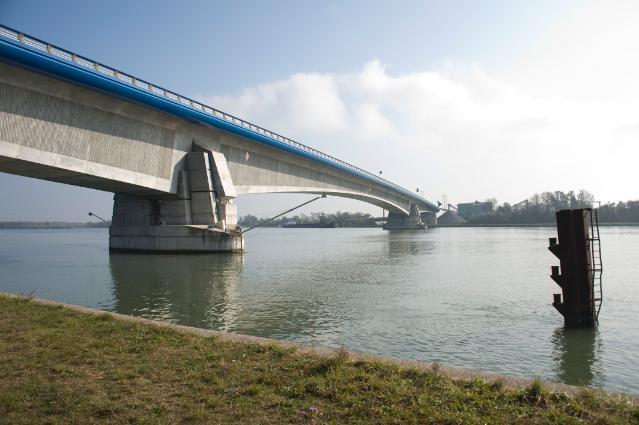
A new report published by the European Commission’s Joint Research Centre (JRC) to support, amongst others, the Union Disaster Resilience Goals in the area of civil protection legal framework, shows that Europe is facing a variety of risks with cross-border impacts.
These include wildfires, floods, earthquakes, droughts, chemical, industrial, nuclear and radiological accidents, Natech events, risks to critical networks and health risks, as well as security and geopolitical threats including armed conflict and risks stemming from rapid digital change.
Anticipating, monitoring and responding to these disasters can be particularly challenging, yet necessary. For example, nuclear accidents or Natech events — when natural disasters trigger technological catastrophes — require rigorous safety protocols and preparedness to prevent widespread damage and radioactive contamination.
Europe is deeply integrated into a global system that includes networks like international trade, travel, and telecommunications. This means that certain events with the potential to affect regions far beyond those directly impacted, like extreme weather events, have a strong cross-border component that needs to be tackled.
Taking into account these cross-border consequences – often referred to as indirect effects, transboundary effects, or spill-over effects – it is crucial to develop effective European adaptation policies. These can help reduce impacts that can significantly influence the vulnerability and risks associated with climate change for various regions, sectors, and populations.
From demographic imbalances to a changing security paradigm: 14 megatrends shaping Europe's future
Beyond the cross-border risks that are already impacting the EU, JRC scientists also looked at future risks. For this, they distinguished between megatrends and emerging risks.
- Megatrends are powerful forces that gradually transform our societies, economies, and environments over time.
- Emerging risks are shifts in risk due to one or more factors: the novelty of a hazard type, increased vulnerability or exposure, or decreased coping capacity.
The 14 megatrends are not direct risks themselves, but they are ongoing changes that can lead to new potential risks. Identifying these trends help take a broad, forward-looking view on risk assessment by showing how future risks might be shaped. For example, hybrid threats are part of a larger trend of changing security landscapes.
Eight emerging risks shaping Europe's future
An emerging risk arises from either: i) a newly-identified hazard with significant exposure potential ii) or an unexpected new or increased exposure, iii) and/or susceptibility to a known hazard. Although other risks exist, the JRC report focused on eight emerging risks including food security, energy risks, hybrid threats, biodiversity loss, financial risks, armed conflicts and disinformation.
- Food security in Europe is increasingly vulnerable due to intense strain on the global food system, which is exacerbated by the region's reliance on natural processes for food production. These natural processes are inherently variable, making the system more susceptible to disruptions. Additionally, shifting climate conditions and an evolving geopolitical landscape further amplify these vulnerabilities.
- The transition to new energy sources brings new risks. For instance, although hydrogen is a promising clean energy alternative, it is highly flammable. It can be challenging to handle it safely and it might lead to industrial and environmental hazards. Similarly, the widespread use of lithium-ion batteries in energy storage and electric vehicles can lead to fires and explosions due to their thermal instability.
- Biodiversity loss is another critical issue, threatening the stability and functionality of ecosystems. Its well-recorded decline has a very large impact - from natural disease regulation to food production and climate regulation - further increasing Europe’s vulnerability to environmental and health crises.
- Financial risks are increasing as the sector deals with the challenges of moving into the digital age. While increased access to services can been beneficial, it also exposes consumers and markets to cyber threats, fraud, and systemic financial instabilities, which may rise further. Besides, climate change and environmental degradation could become a new source of financial instability, with risks spreading throughout the entire financial system and being amplified through feedback loops between the financial sector and the real economy.
- Beyond environmental, financial, and energy-related concerns, Europe faces complex hybrid threats that combine cyber attacks, disinformation, and covert military actions – possibly destabilising or manipulating societal and political structures. The spread of false information erodes trust in the media and institutions, divides public opinion, and endangers the fairness of democratic processes. Complex hybrid threats combined with the potential for armed conflict in and around Europe would need to be addressed following a comprehensive and proactive approach to ensure Europe’s resilience and security.
Making Europe more resilient to cross-border and emerging risks
To effectively handle and manage Europe's cross-border risks, the EU should continue to regularly assess and map the risks and develop advanced strategies for disaster resilience. Europe's approach to disaster risk management and disaster management should focus on integrated methods and on improving data sharing to be better prepared for potential crises.
By continuing to reinforce disaster risk management legal frameworks including the Union Civil Protection Mechanism and further encouraging national and regional cooperation following a systemic and multi-disciplinary approach, the EU can greatly improve its ability to effectively respond to such situations from the Emergency Response Coordination Centre.
The EU should also continue to further develop tools such as rescEU, programmes like the Copernicus Emergency Management Service and tools like the Risk Data Hub.
Additionally, to effectively tackle these emerging risks, strategic foresight practices and methods contribute to raising awareness on key areas of change in the future and provide a common ground for reflecting on EU policies with a systemic and forward-looking approach.
These foresight activities are essential for creating strong responses that take into account the complexities of modern risk scenarios, helping Europe adjust to and lessen the impact of both current and future challenges. A JRC foresight report (available soon) on risks applies Horizon Scanning outputs to explore potential futures. That work identified 10 risks clusters, and maps how developments could lead to them, also ranking perceptions of the scope and severity of 40 identified risks.
Background
The Disaster Risk Management Knowledge Centre and the Union Civil Protection Knowledge Network are European initiatives aimed at facilitating evidence-based decision-making through knowledge management and analytical tools. They form a robust framework to enhance the EU’s capabilities for addressing risks, ensuring that civil protection policies and practices across the EU are informed by the latest scientific knowledge and promoting cooperation, innovation, improved anticipation, prevention and effective response to disasters.
This report addresses the evolution of the EU Legislative Framework, promoting proactive disaster risk management for cross-border and emerging risks. It aims to support Article 6 of the Union Civil Protection Mechanism (UCPM) in its objective to promote an effective and coherent approach to the prevention of and preparedness for disasters. Through the collection of scientific contributions from experts within the JRC, the report can complement the assessment of risks conducted by Member States.
The report is also in line with the priorities of the EU Climate Adaptation Strategy that encourages comprehensive climate adaptation strategies and contributes to the implementation of the Union Disaster Resilience Goals.
Details
- Publication date
- 4 June 2024
- Author
- Joint Research Centre
- JRC portfolios

